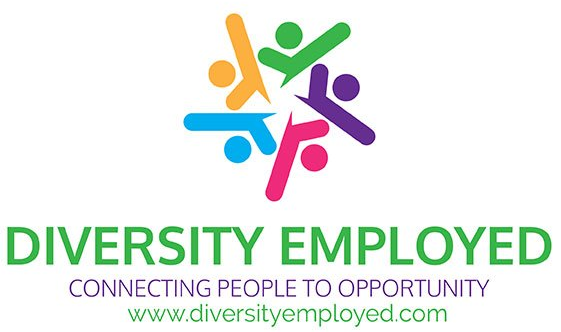Are You Promoting Company Culture or Conformity?
ByKrista Pouncy-Dyson
Founder of DiversityEmployed.com
Published August 8, 2022 at 4:00 p.m.
Over the last year, many companies began much-needed conversations about existing workplace policies and identified ways to promote their organizations’ inclusivity. However, many companies have neglected to address the root of what influences their workplace dynamics: conformity. Conformity, also called company culture, may look like written or implied company standards that can result in minority employees communicating inauthentically within their teams, masking, and yielding to peer pressure in the workplace to align with the established company culture.
Continuity Is Still Important
It is essential that companies recognize excellence and continuity in the workplace can exist without employees creating a workplace mask to suppress parts of their individual identity to “fit in” with their colleagues. Conformity can stifle employee performance because it prioritizes how an employee interacts with others instead of their work. Examples of healthy workplace standards include timeliness, neutral dress codes, and workplace communication. To address a culture of conformity in the workplace, companies must identify policies and habits currently in place that may unintentionally foster a culture of conformity rather than inclusion. Lifting the veil of conformity reveals the true diversity of a workplace through thought, culture, background, and even style or aesthetic.
Shifting an Existing Workplace Culture of Conformity
One of the challenges many companies face, particularly by older companies, is a company-wide approach to conformity and workplace culture stated as “it has always been that way.” Though this may be the case, it is more important than ever to make room for new and more inclusive ideas. Creating an open, honest, safe space for employees to freely express their concerns based on their experiences fosters authentic communication, boosts employee confidence, and can even improve employee performance. An innovative way to begin shifting the culture can look like establishing a team of employees, managers, and other company leaders to collaborate on reviewing and amending current policies to foster a more inclusive workplace.
Company standards are important but can only be effective if they are not harmful or exclusive to any minority group in the workplace. Changing an established workplace culture will require patience and vulnerability from both employees and the company itself. Addressing conformity cannot be reduced to conversations about combating the culture without the implementation of change. Employees should feel comfortable and included, especially because of their difference. A sustainable and long-standing culture of diversity encourages employees to be comfortable embracing their differences, allowing for more employee investment, innovation, and productivity in the workplace.
Diversity Always Wins
An inclusive workplace allows employees to show up authentically, allowing the company to benefit from the full breadth of diversity through a fusion of perspectives, life experiences and tastes to propel the company forward.
Krista Pouncy-Dyson is the founder of DiversityEmployed.com and managing principal for Performance First Digital, a marketing agency in New Orleans. You can connect with the author on LinkedIn.
Fostering a Diverse Workforce
Getting Serious About Diversity
In the Harvard Business Review published NOV/DEC 2020, scholars Robin J. Ely and David A. Thomas suggest it’s time for a new way of thinking. "Increasing diversity does not, by itself, increase effectiveness; what matters is how an organization harnesses diversity, and whether it’s willing to reshape its power structure."
Defeating Imposter Syndrome
Marginalized Populations At Higher Risk
Do you ever feel like you’re a fraud? Over 70 percent of people report experiencing imposter syndrome at some point in their lives, according to a 2011 study published in the International Journal of Behavioral Science. Women and people of color account for the most impacted. Don’t believe everything you think.

